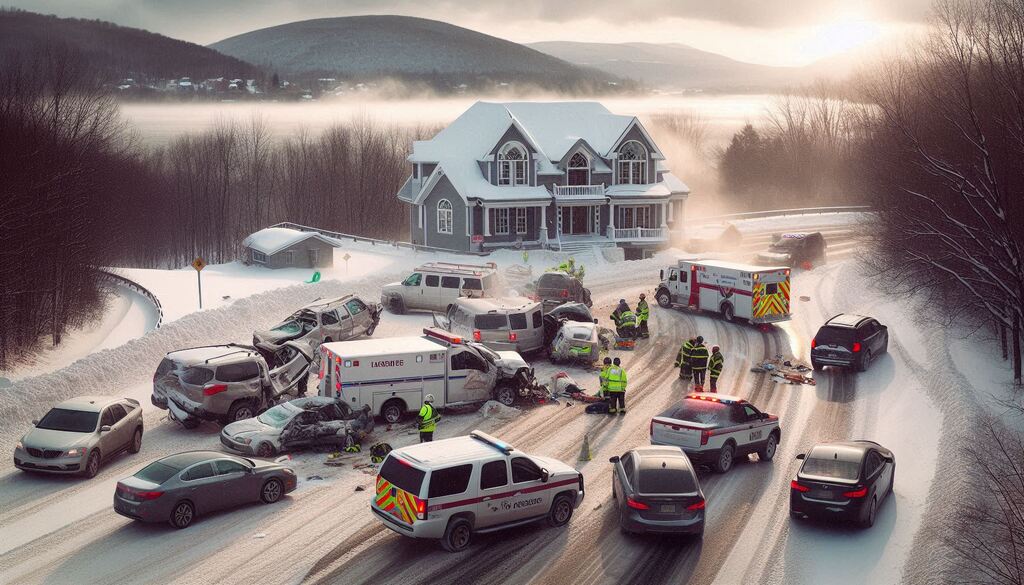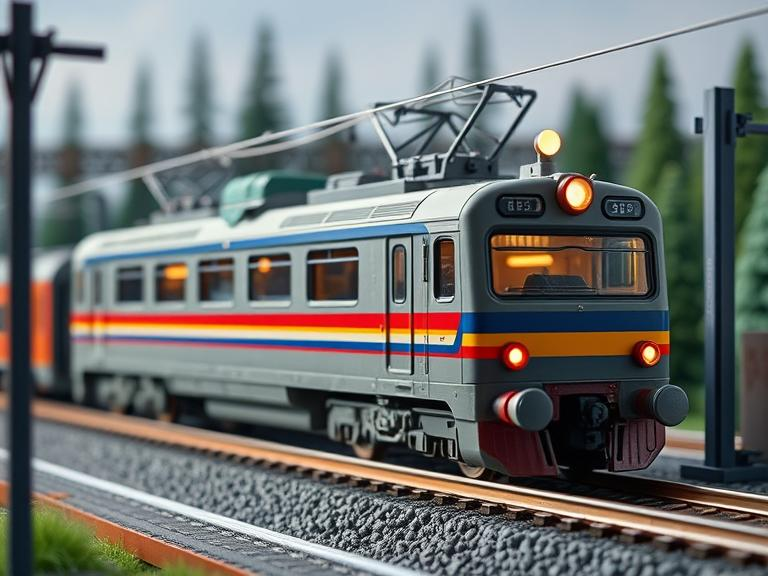Accidents in Vernon Route 94: Causes, Prevention, and Safety Insights
Accidents in Vernon Route 94 have been a recurring issue, prompting discussions around road safety, traffic management, and preventive measures. This vital road sees high traffic volume daily, connecting local and regional destinations, but it also poses risks due to various factors. Understanding the causes, statistics, and solutions can help mitigate future accidents and improve overall safety.
Understanding Vernon Route 94
Vernon Route 94 is a crucial thoroughfare serving both commuters and commercial transport. Known for its scenic stretches and accessibility to key locations, the road is essential for Vernon residents and neighboring areas. However, its significance also makes it prone to congestion, leading to potential hazards.
Common Causes of Accidents on Route 94
Several factors contribute to accidents along Route 94. Understanding these can help address and prevent recurring issues.
1. High Traffic Volume
As a major route, Route 94 experiences heavy traffic, especially during rush hours. Congestion often leads to rear-end collisions and aggressive driving behaviors, such as lane weaving and tailgating.
2. Weather Conditions
Rain, snow, and fog can significantly impact visibility and road grip, making it difficult for drivers to maintain control. Vernon experiences seasonal weather changes, which often result in hazardous driving conditions on Route 94.
3. Distracted Driving
Using smartphones, eating, or other distractions contribute to a large number of accidents. With drivers losing focus on the road, the likelihood of collisions increases, particularly on busy stretches of Route 94.
4. Speeding
Exceeding speed limits remains a major issue. Drivers often underestimate the impact of speeding on their reaction times and vehicle control, leading to severe accidents.
5. Poor Road Infrastructure
Certain parts of Route 94 may have inadequate signage, poor lighting, or uneven surfaces, which can lead to accidents, especially at night.
Statistical Overview of Accidents in Vernon Route 94
1. Frequency of Accidents
Data indicates that Route 94 sees a significant number of accidents annually. Many involve minor collisions, but severe crashes with injuries and fatalities are also reported.
2. Peak Accident Times
Accidents tend to peak during early morning and evening rush hours, with weekends showing increased incidents due to recreational traffic.
3. Accident Types
- Rear-End Collisions: Common during traffic congestion.
- Single-Vehicle Crashes: Often caused by weather or infrastructure issues.
- Intersection Accidents: Result from failure to yield or obey traffic signals.
Impact of Accidents on the Community
The repercussions of accidents on Route 94 extend beyond immediate injuries or fatalities.
1. Economic Loss
Accidents result in vehicle repairs, medical expenses, and loss of productivity. Businesses relying on the route for transportation also face delays and losses.
2. Emotional Strain
Victims and their families often experience emotional trauma following accidents. This can lead to prolonged stress and mental health issues.
3. Traffic Disruptions
Even minor accidents can cause significant traffic jams on Route 94, impacting daily commutes and emergency services.
Safety Measures to Reduce Accidents on Route 94
Improving safety on Route 94 requires a collaborative effort from authorities, drivers, and the community.
1. Enhanced Road Infrastructure
Upgrading road conditions, adding reflective signage, and improving lighting can significantly reduce accidents. Regular maintenance is essential to keep Route 94 safe for all users.
2. Strict Speed Enforcement
Installing speed cameras and increasing police patrols can deter speeding and promote compliance with speed limits.
3. Public Awareness Campaigns
Educating drivers about safe driving practices, the dangers of distracted driving, and the importance of seat belts can help prevent accidents.
4. Weather Alerts and Preparedness
Real-time weather alerts and ensuring roads are cleared during snow or heavy rains can mitigate weather-related accidents.
5. Intersection Improvements
Installing traffic signals, roundabouts, or additional lanes at busy intersections can prevent collisions.
What to Do If You’re in an Accident on Route 94
Being prepared can help you navigate the aftermath of an accident more effectively.
1. Ensure Safety
Check for injuries and move to a safe location if possible. Turn on hazard lights to alert other drivers.
2. Contact Authorities
Call 911 to report the accident and seek medical assistance if needed. The police will document the incident, which can be vital for insurance claims.
3. Document the Scene
Take photos of the vehicles, road conditions, and any visible injuries. Collect witness contact information for additional evidence.
4. Exchange Information
Share insurance and contact details with the other parties involved. Avoid discussing fault until authorities investigate.
5. Notify Your Insurance Provider
Report the accident to your insurance company promptly and provide the necessary documentation.
The Role of Technology in Reducing Accidents
Technological advancements are playing a crucial role in making roads safer.
1. Vehicle Safety Features
Modern vehicles are equipped with advanced safety technologies, such as collision avoidance systems, lane departure warnings, and automatic braking.
2. Traffic Monitoring Systems
Cameras and sensors on Route 94 can monitor traffic patterns, enabling authorities to respond quickly to incidents and adjust traffic flow.
3. Navigation Apps
Apps like Google Maps and Waze provide real-time traffic updates and suggest alternate routes to avoid congested areas.
Future Plans for Route 94
Authorities are continuously working on initiatives to improve safety and reduce accidents on Route 94. Some of the proposed or ongoing projects include:
1. Road Expansion
Adding lanes to reduce congestion and accommodate increasing traffic.
2. Smart Traffic Signals
Implementing adaptive traffic signal systems to optimize flow and reduce wait times at intersections.
3. Pedestrian Safety Measures
Constructing crosswalks, sidewalks, and pedestrian bridges to minimize pedestrian-related accidents.
Conclusion
Accidents in Vernon Route 94 remain a concern, but with strategic measures, increased awareness, and technological advancements, it is possible to enhance road safety. Drivers must prioritize cautious and responsible driving to protect themselves and others. By fostering a culture of safety, Route 94 can serve as a model of efficient and secure transportation.









Leave a Reply